The profound symbolism of the Shaheen Bagh protests
The world must note the significance of the Shaheen Bagh phenomenon, as it highlights the power of Gandhian non-violent and secular protests in the face of the formidable State machinery, writes Brigadier Deepak Sethi (retd) for South Asia Monitor

Shaheen Bagh in Delhi has become a shining example of a truly Gandhian protest against the Citizenship Amendment Act (CAA), ever since this discriminatory law triggered widespread outrage. While the Supreme Court is yet to consider its constitutional validity, protests are spiraling all over India. Particularly, instances of police brutality in many university campuses and in Uttar Pradesh have inflamed passions, as those have left over 26 dead and hundreds wounded.
The impending National Register of Citizens (NRC) and CAA together are perceived as being directed against Muslims. Prime Minister Narendra Modi’s ambivalent statement that no discussion on NRC has taken place is hardly credible since two senior Ministers had categorically declared its imminence inside and outside Parliament. NRC was also in the Bharatiya Janata Party’s (BJP) election manifesto and, even now, Modi has not ruled it out unequivocally. Hence, hundreds of thousands from all communities have been coming out in particular support of Muslims.
At Shaheen Bagh, protests started initially with few hundred men, women and children camping in near freezing temperatures. These numbers have swelled to thousands. They sit peacefully with placards, tricolours, and portraits of freedom fighters, and sing stirring patriotic songs to brave the biting cold. Three septuagenarian women, nicknamed “Dabang Dadis” (fearless grandmothers), are an immense inspiration, as are two persons on hunger strike. A replica of the iconic India Gate, with names of those killed in police firings, has added a poignant touch.
Recently, a multi-religious congregation with Hindu, Muslim, Sikh and Christian clergy reciting from respective Holy books, struck an emotional chord nationwide. It symbolized respect for all religions, which was a cardinal feature of Mahatma Gandhi’s freedom movement. In the midst of all the violence, triggered mainly by police brutality, Shaheen Bagh’s peaceful protest signifies sombre calm, and yet unyielding determination to oppose this polarizing law.
BJP’s communal politics and its ideological parent, Rashtriya Swayamsevak Sangh’s (RSS) aggressive Hindu Rashtra agenda, have triggered deadly communal riots following the Rath Yatra (1989), Babri Masjid demolition (1992), Mumbai bomb blasts (1993) and the Gujarat carnage (2002). That agenda has become much more virulent ever since the BJP attained power in 2014. There have been numerous incidents of mob lynching, inflammatory provocations, enactments, and judicial verdicts, which have hurt Muslims and made them very apprehensive about the government’s intentions.
Most people including non-Muslims are convinced that the CAA and NRC are patently anti-Muslim, despite the RSS and BJP’s denials. Additionally, frustration due to many other issues such as high unemployment, rising prices, and agrarian distress has now coalesced into deep angst and frustration against the government. Given the boastful taunts of many fanatical Hindutva zealots, fear of a disastrous communal conflagration is very palpable among Muslims and a vast majority of secular Indians.
India has the second largest Muslim population with 190 million Muslims. Hitherto, barring sporadic incidents they have lived peacefully, reassured by the secular ideals enshrined in the Constitution. Even when the highly radical and violent Salafi doctrine spread all across the Middle East and the Af-Pak region, neither Al Qaeda nor ISIS could find roots here. Hence, it is critical for India to retain its secular character, to ensure that Muslims do not feel alienated or suppressed, or else they, too, could embrace militancy like other Islamic countries. The nation, therefore, cannot afford Islamophobia.
India now seems to be on the verge of a watershed moment. In essence, these protests pose one big question to her people. Should India remain a secular and pluralist democracy, as guaranteed in the Constitution, and thereby ensure social harmony, all-round progress and economic well-being, or would she move towards a Hindu Rashtra as per the RSS and BJP’s agenda, which would exacerbate religious, and caste polarization, and result in hatred, turmoil, and impeded economic progress?
The prognosis is bleak if the imagery and context of these snowballing protests, which are almost akin to the Tiananmen uprising, Arab Spring and Hong Kong clashes, are any indication. India just cannot afford all this at a time when economic growth is down to almost half of the previous highs. Moreover, staggering rates of unemployment, coupled with a recession, is bound to generate even more frustration.
The world looks to India as a stabilizing power in this region since it has the capability to counter China’s aggressive designs. Geopolitically, for India to fulfill her role in the emerging multipolar world order, internal security, social cohesion and rapid economic growth have to be ensured, since those are prerequisites for external security and strength.
The dangerous US-Iran confrontation has overshadowed the burgeoning CAA protests. Nevertheless, the world must note the significance of the Shaheen Bagh phenomenon as it highlights the power of Gandhian non-violent and secular protests in the face of the formidable State machinery. Many people across India are emulating this model of protest, and it promises to grow into a massive people’s movement that no government can afford to ignore.
(The writer, an Indian Army veteran, is now a professor of International Business Strategy and Management in the USA. The views expressed are personal)




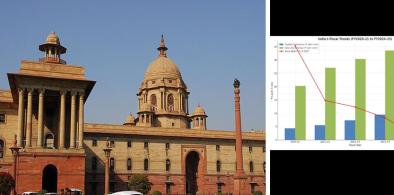

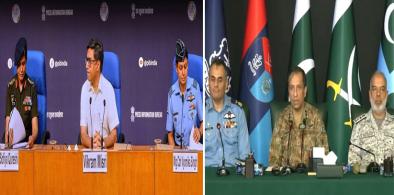
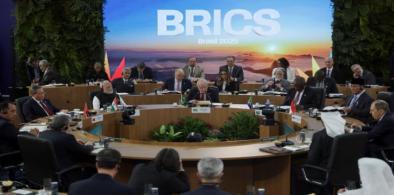
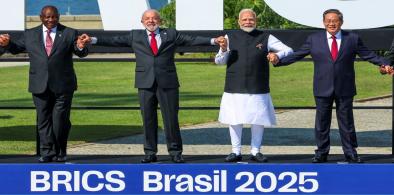
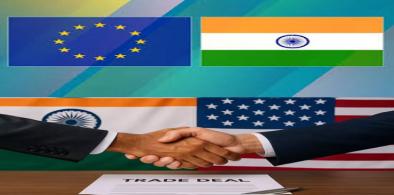
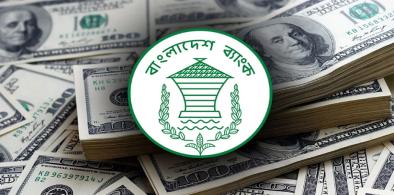
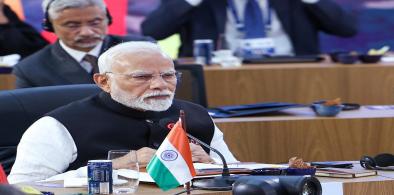
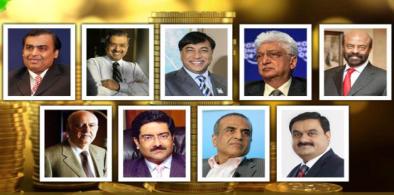
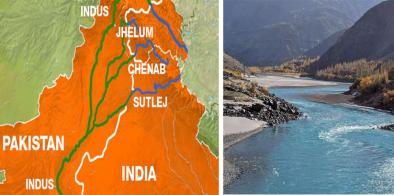






Post a Comment